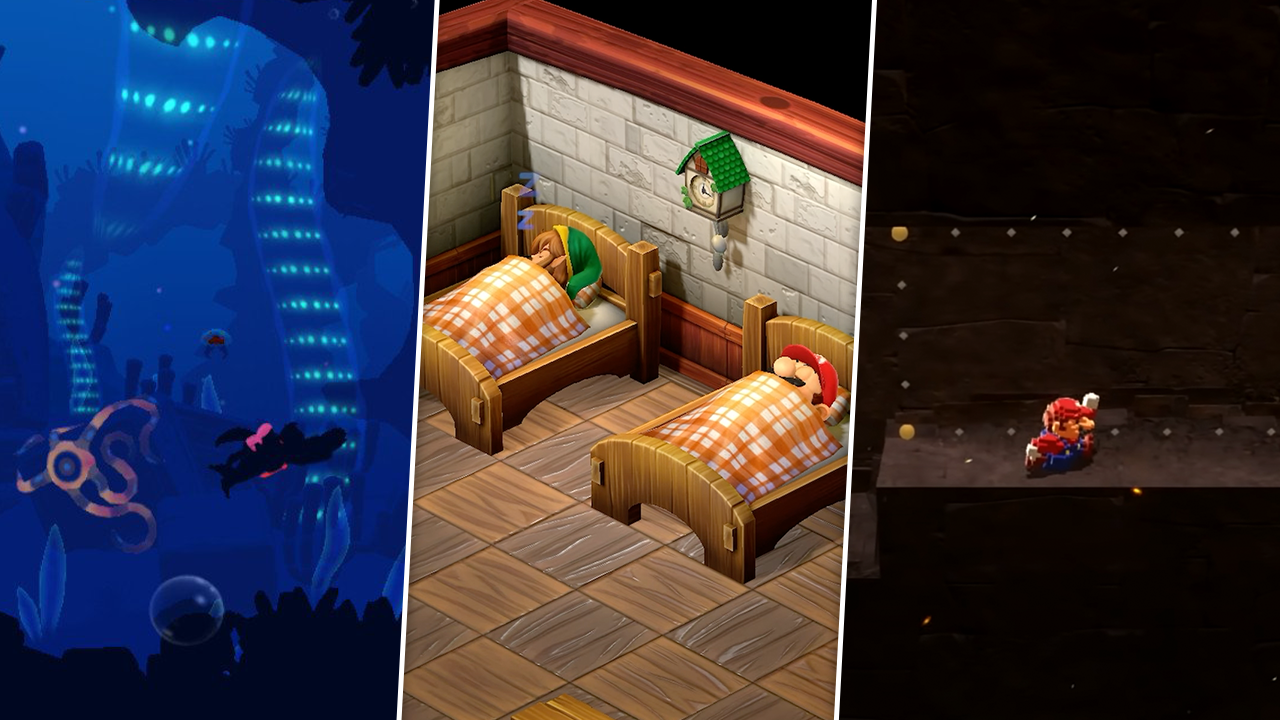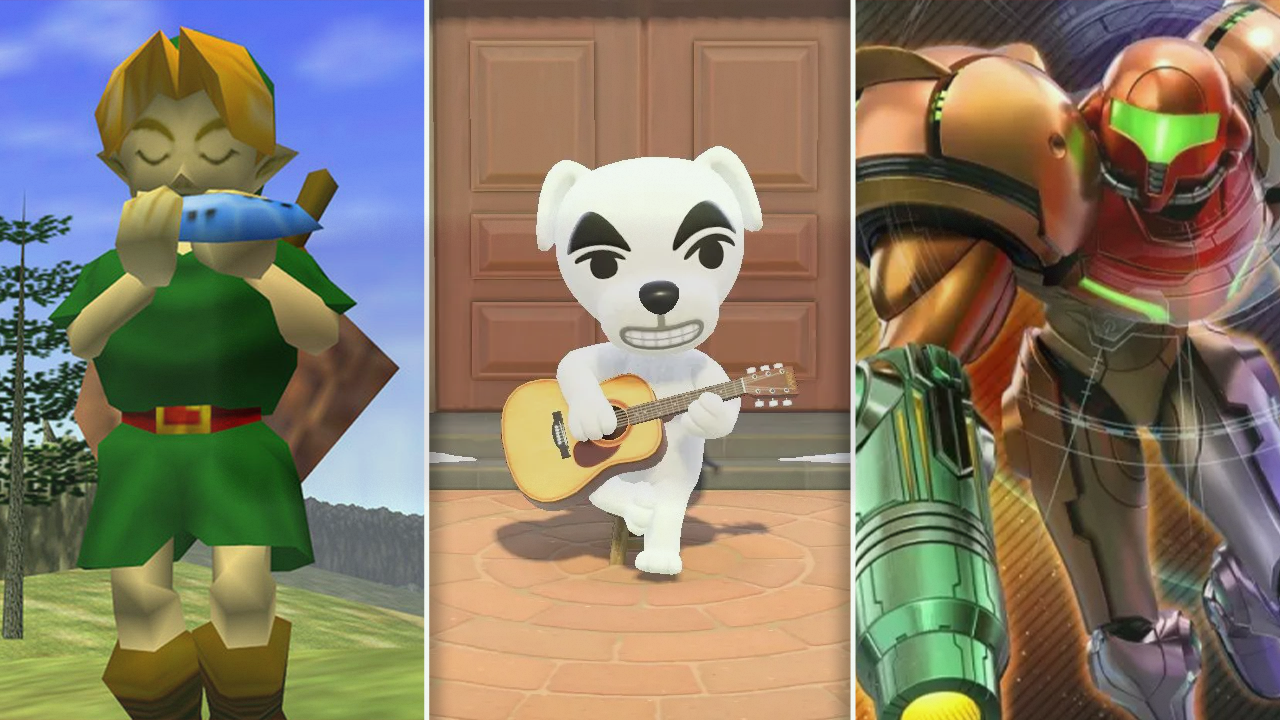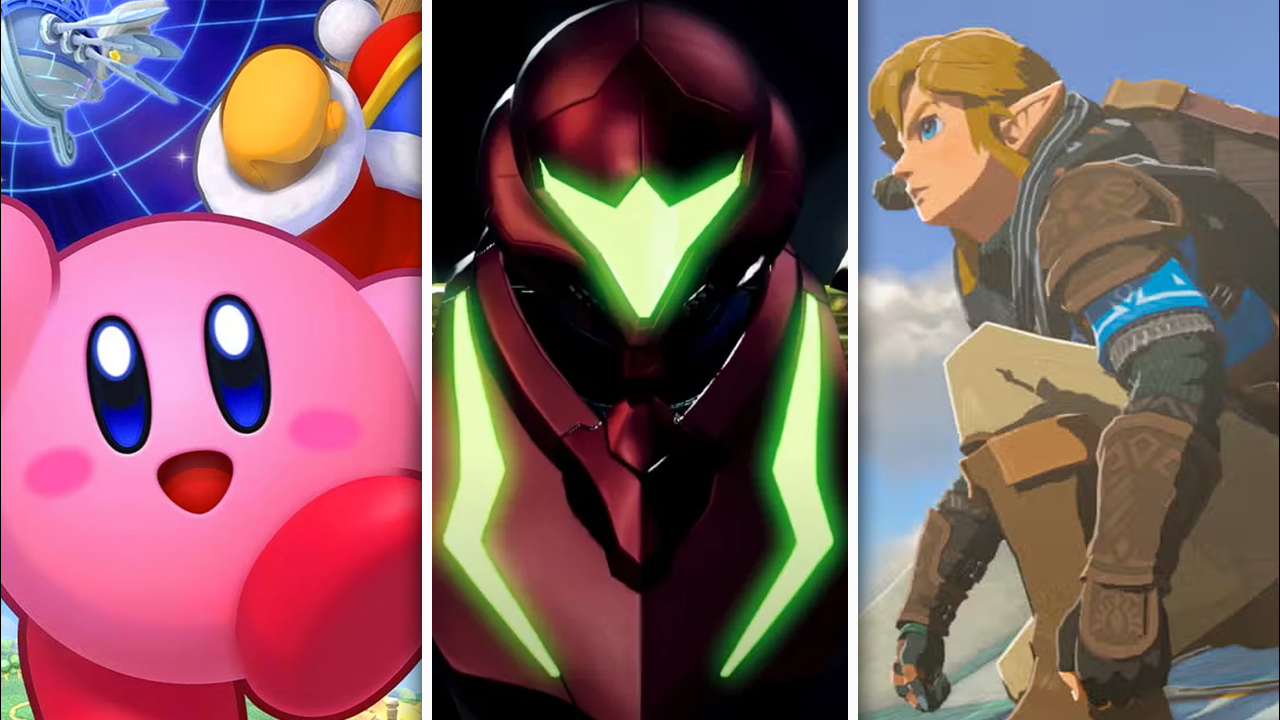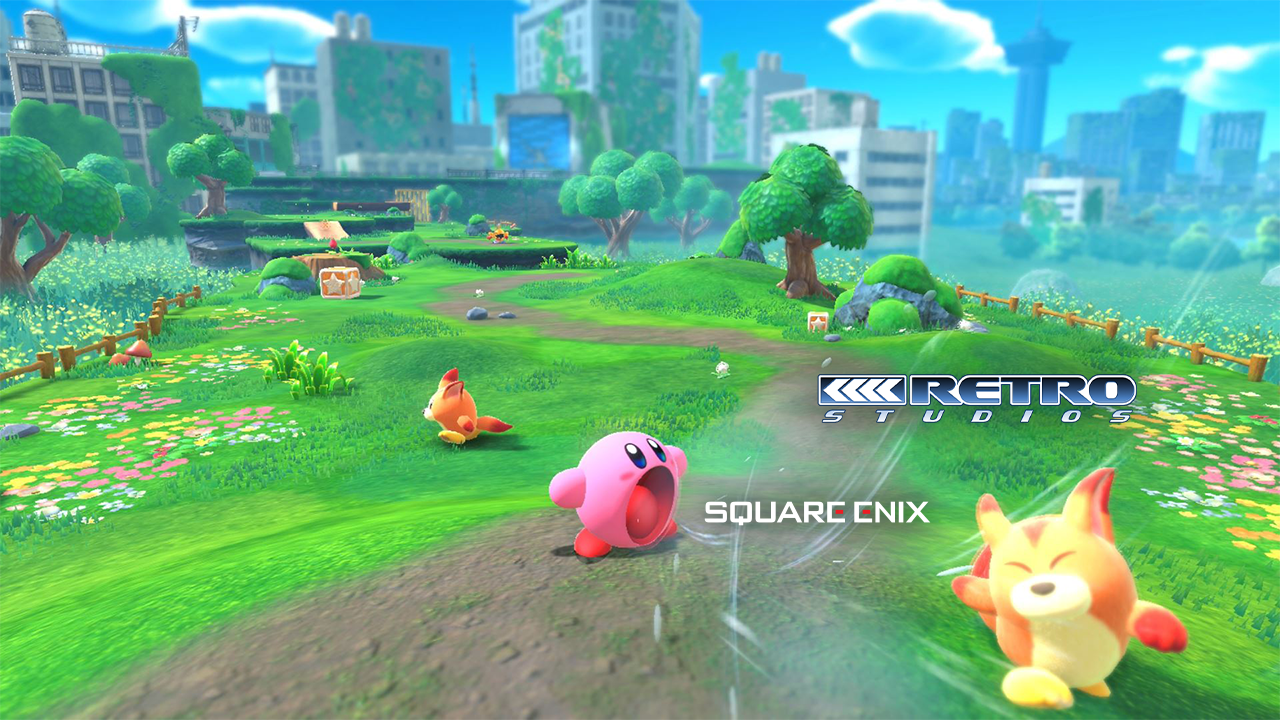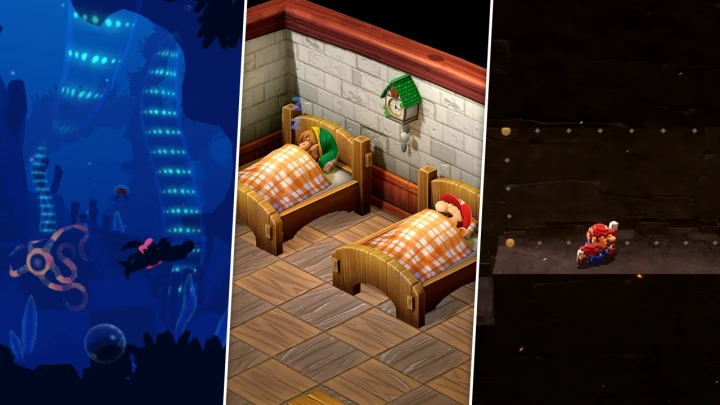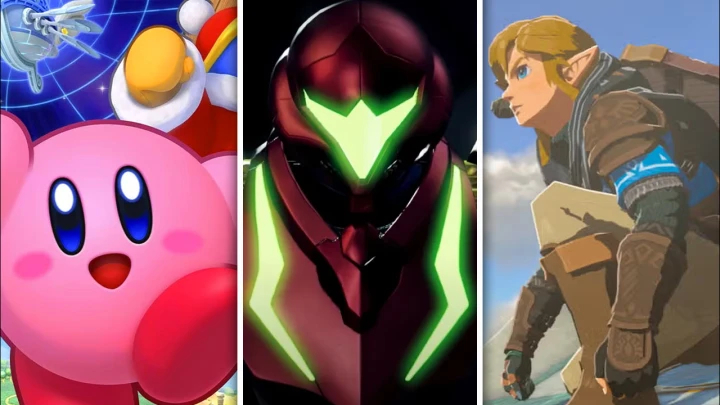
Released in 2004 for the GameCube, Echoes expanded upon its predecessor's gameplay mechanics while introducing several new elements that divided both fans and critics alike. In this review, we'll delve into the game's levels, memorable boss fights, and examine the reasons behind its controversial reception.

Warp Pipe Weekly
A weekly recap of all things Nintendo
By submitting your email, you agree to our Terms of Service and Privacy Notice. You can opt out at any time.
By submitting your email, you agree to our Terms of Service and Privacy Notice. You can opt out at any time.

Gameplay Overview
Metroid Prime 2: Echoes saw the return of the iconic bounty hunter Samus Aran, this time exploring the dual worlds of Aether and Dark Aether. The game's unique light and dark world mechanic added an intriguing twist to the traditional Metroid formula, as players were tasked with navigating parallel versions of the same environments. Each world presented its own challenges, with Dark Aether being particularly dangerous due to its hostile atmosphere and powerful enemies.
The levels in Metroid Prime 2: Echoes were as diverse and atmospheric as those in the original game. From the eerie beauty of the Torvus Bog to the ancient ruins of the Sanctuary Fortress, each area offered its own distinct challenges and aesthetic. My personal favorite level was the Sanctuary Fortress, a technologically advanced stronghold filled with intricate mechanisms and puzzles that kept me engaged and constantly on my toes.
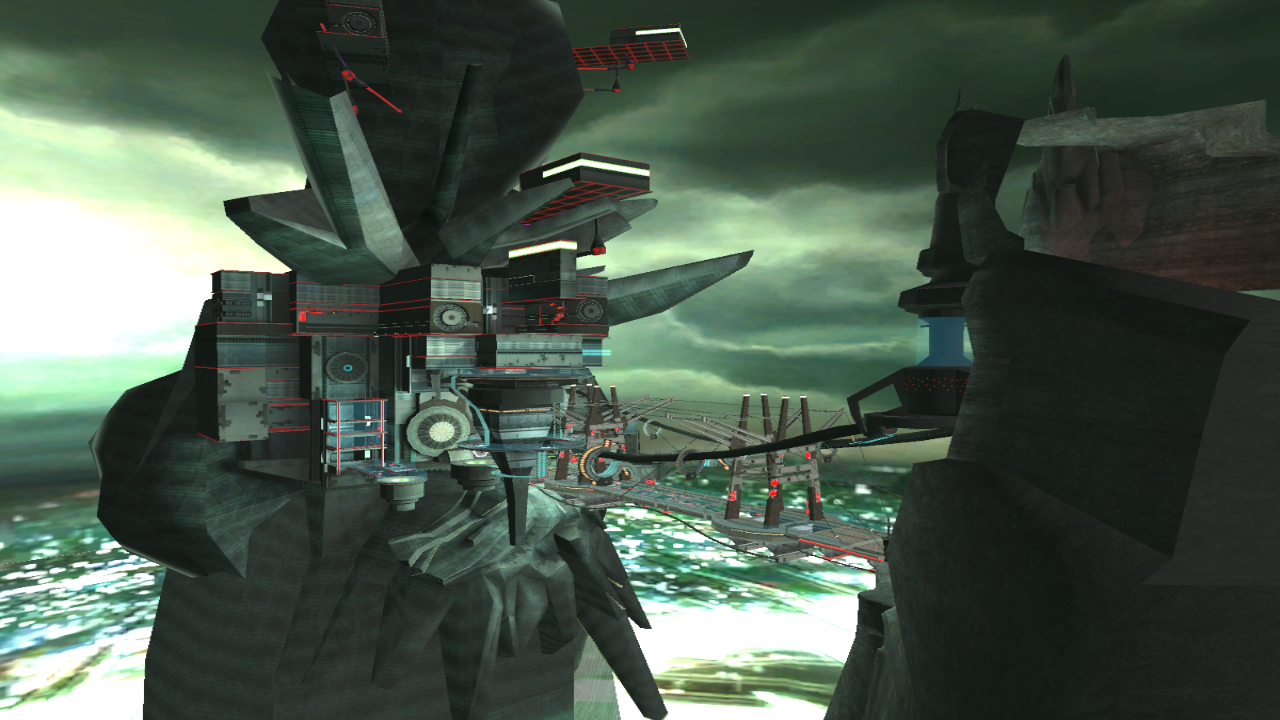
Metroid Prime 2: Echoes also delivered on its promise of exhilarating boss battles, with some truly memorable encounters that tested players' skills and resourcefulness. Among these epic showdowns, the fight against Quadraxis, a massive, mechanical behemoth guarding the Sanctuary Fortress, stands out as particularly challenging and engaging. Another notable boss battle was the showdown against Dark Samus, a sinister doppelganger of our heroine, whose multiple encounters throughout the game provided a recurring test of players' mettle.

Despite its many strengths, Metroid Prime 2: Echoes has become somewhat of a controversial entry in the series, mainly due to a few divisive design choices. One of the most significant factors contributing to the game's mixed reception was its difficulty. Echoes presented a steep difficulty curve that some players found off-putting, particularly when compared to the more accessible gameplay of its predecessor. This, combined with the game's often unforgiving level design, led to some players experiencing frustration and fatigue.
Another point of contention was the game's light and dark world mechanic. While this feature added depth and complexity to the gameplay, it also led to criticisms of excessive backtracking and a sense of disorientation. Some players felt that the constant switching between worlds detracted from the flow of the game, as opposed to enhancing the overall experience.
It's worth noting, however, that opinions on Metroid Prime 2: Echoes tend to vary greatly, with some players considering it a worthy successor to the original game, while others feel that its divisive design choices hold it back from reaching the same level of acclaim. Regardless of one's stance, it's undeniable that Echoes brought some interesting ideas to the table and offered a unique take on the Metroid formula that remains intriguing to this day.
If you're intrigued by the unique mechanics and challenging gameplay that Metroid Prime 2: Echoes has to offer, there's no better time to dive into this polarizing entry in the franchise. Prepare to be challenged, enthralled, and perhaps even a little frustrated, as you embark on Samus Aran's journey through the dual worlds of Aether and Dark Aether.
